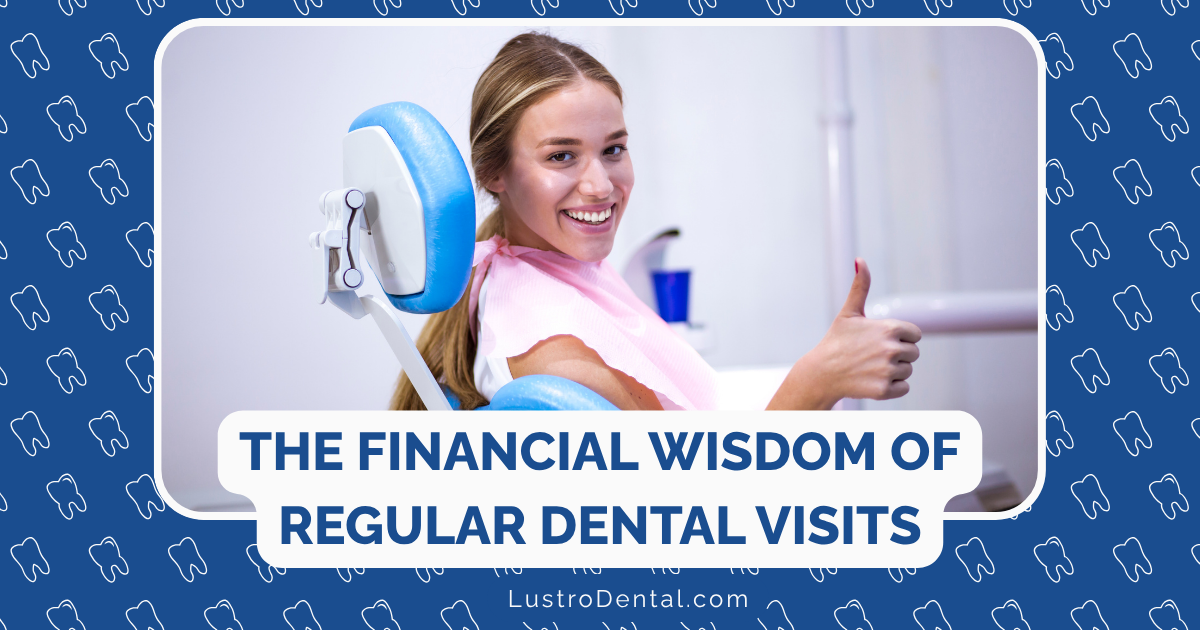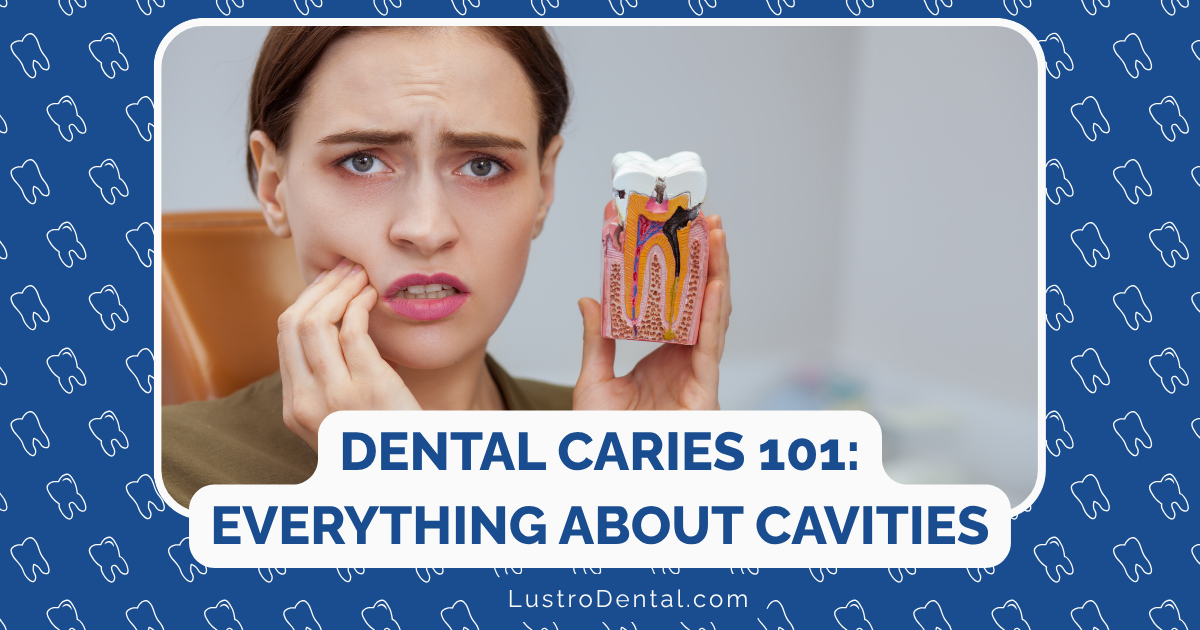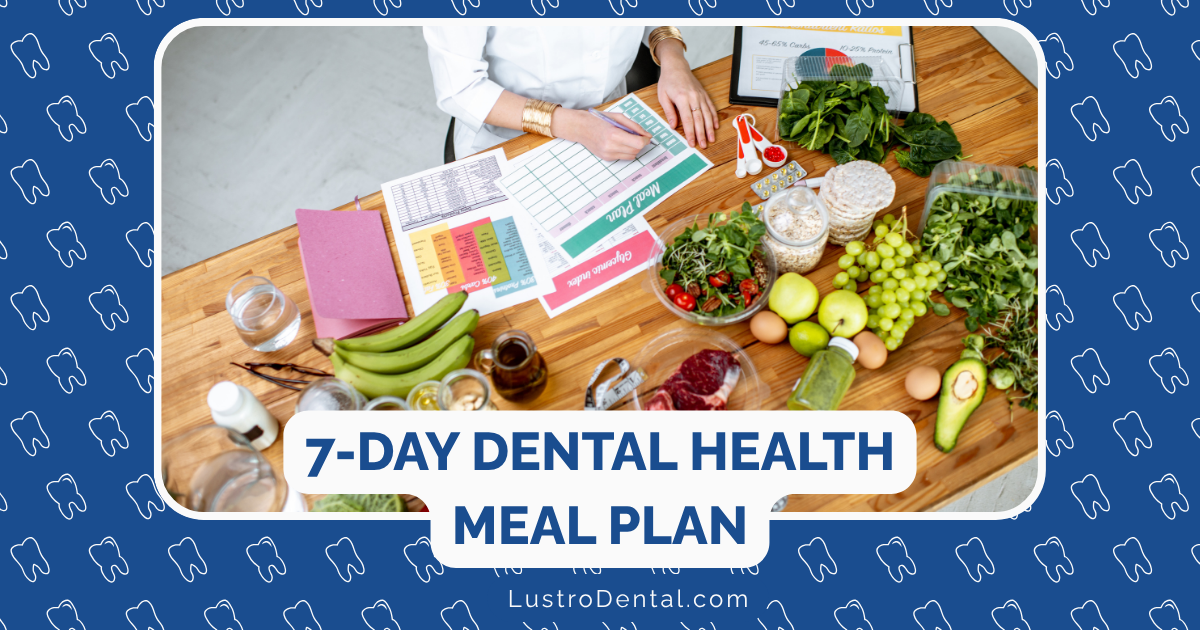Why Twice-Yearly Dental Visits Save You Money in the Long Run

We’ve all been there—sitting in the dentist’s chair, being reminded that we should come back in six months, and thinking, “Do I really need to spend money on another dental visit when nothing feels wrong?” It’s a common thought, especially when budgets are tight and dental insurance might not cover everything.
But what if those routine dental visits are actually saving you money? What if skipping them is setting you up for much larger expenses down the road?
In this comprehensive guide, we’ll explore the financial wisdom behind regular dental checkups and reveal why twice-yearly visits are one of the smartest investments you can make—not just for your health, but for your wallet too.
The True Cost of Dental Neglect: A Financial Reality Check
Before we dive into the savings of preventive care, let’s understand what happens financially when dental problems are left untreated.
The Domino Effect of Dental Problems
Dental issues rarely resolve themselves. Instead, they typically progress from minor to major, with costs escalating dramatically at each stage:
Stage 1: Early Cavity
- Treatment: Simple filling
- Average cost without insurance: $150-$300
- Time required: Single 1-hour appointment
Stage 2: Advanced Decay
- Treatment: Root canal + crown
- Average cost without insurance: $1,500-$3,000
- Time required: 2-3 appointments (3-5 hours total)
Stage 3: Tooth Loss
- Treatment: Extraction + implant or bridge
- Average cost without insurance: $3,500-$6,700
- Time required: Multiple appointments over several months
Dr. Sarah Chen, a periodontist at Columbia University, explains: “What begins as a microscopic area of demineralization that could be reversed with fluoride treatment can quickly progress to a cavity requiring a filling. Left untreated, that cavity can reach the pulp, necessitating a root canal and crown, and eventually lead to tooth loss requiring an implant or bridge.”
The financial implications are stark. According to data from the American Dental Association, every $1 spent on preventive dental care saves $8 to $50 in restorative and emergency treatments.
“I’ve seen patients decline a $200 treatment only to return months later needing $2,000 worth of work,” notes Dr. Michael Rodriguez, DDS. “The mouth is an ecosystem—problems in one area often spread to others, multiplying both health concerns and costs.”
Hidden Costs Beyond the Dental Bill
The financial impact of neglected dental care extends beyond direct treatment costs:
- Lost work time: The average dental emergency requires 2-4 hours off work, while complex treatments may require multiple days.
- Transportation costs: Emergency dental visits often happen unexpectedly, sometimes requiring expensive last-minute transportation.
- Pain management: Over-the-counter pain relievers, prescription medications, and their potential side effects add to the overall cost.
- Cosmetic implications: Visible dental problems may impact professional opportunities and social confidence.
A 2023 study published in the Journal of Public Health Dentistry found that individuals who skipped regular dental visits missed an average of 3.5 more workdays per year due to dental problems compared to those who maintained twice-yearly checkups.
The Preventive Advantage: What Happens During Those Routine Visits?
Regular dental checkups aren’t just about cleaning—they’re comprehensive preventive care sessions that address multiple aspects of oral health.
Early Detection: The Financial Game-Changer
The most significant cost-saving aspect of regular dental visits is early detection of problems.
“During a routine exam, we can identify issues at their earliest, most treatable stages,” explains dental hygienist Jennifer Marsh. “A small spot of demineralization can be treated with fluoride varnish for about $35, potentially preventing a $250 filling, $1,200 root canal, or $5,000 implant down the road.”
Here’s what dentists can detect during routine exams:
- Incipient cavities: Early decay that can often be reversed with fluoride treatment
- Cracked fillings or crowns: Minor repairs are much less expensive than replacements
- Early gum disease: Treatable with improved home care and professional cleaning
- Teeth grinding damage: Night guards can prevent thousands in restorative work
- Oral cancer: Early detection dramatically improves outcomes and reduces treatment costs
A longitudinal study published in the Journal of Dental Research followed patients over 15 years and found that those who maintained regular six-month checkups spent 64% less on dental care over their lifetime compared to those who visited only when problems arose.
Professional Cleaning: More Than Just Polishing
Professional cleanings remove plaque and tartar that can’t be addressed with home care alone.
“Once plaque calcifies into tartar, no amount of brushing or flossing will remove it,” notes Dr. Lisa Warren, a prosthodontist. “This hardened deposit irritates gum tissue, leading to inflammation and eventually periodontal disease, which is the leading cause of tooth loss in adults.”
The cost comparison is compelling:
- Routine professional cleaning: $75-$200 twice yearly
- Periodontal treatment for moderate gum disease: $500-$1,500
- Periodontal surgery for advanced disease: $2,000-$3,000 per quadrant
- Full mouth reconstruction after tooth loss: $30,000-$90,000
“Preventive cleanings are like changing your car’s oil,” explains Dr. Rodriguez. “Skip that $75 oil change enough times, and eventually you’ll need a $5,000 engine rebuild.”
Preventive Treatments: Small Investments, Big Returns
Modern dentistry offers several preventive treatments that provide exceptional return on investment:
- Cost: $30-$60 per tooth
- Savings: Prevents cavities on molars, saving $150-$300 per filling avoided
- Effectiveness: Reduces cavity risk by up to 80% in the first two years
Fluoride Treatments
- Cost: $20-$50
- Savings: Can reverse early demineralization, preventing fillings and more extensive work
- Effectiveness: Reduces cavity formation by 20-40%
Custom Night Guards
- Cost: $300-$500
- Savings: Prevents damage from grinding that could require crowns ($1,000+ each) or even full mouth reconstruction
- Effectiveness: Can extend the life of natural teeth and existing dental work by 10+ years
According to the American Dental Association, preventive treatments like sealants can save families an average of $973 per child when applied to permanent molars.
Insurance Optimization: Making Your Benefits Work for You
Many dental insurance plans are structured to encourage preventive care, offering another layer of financial benefit to regular visits.
The 100-80-50 Structure
Most dental insurance plans follow a 100-80-50 coverage structure:
- 100% coverage for preventive care (exams, cleanings, x-rays)
- 80% coverage for basic procedures (fillings, extractions)
- 50% coverage for major procedures (crowns, bridges, root canals)
“This structure isn’t arbitrary,” explains Dr. Chen. “Insurance companies know that preventive care reduces the likelihood of needing more expensive treatments, so they incentivize patients to come in regularly.”
By skipping preventive visits that would be fully covered, patients not only miss the opportunity for early intervention but also fail to maximize their insurance benefits.
Annual Maximum Utilization
Most dental insurance plans have annual maximums that don’t roll over to the next year.
“Many patients don’t realize they’re leaving money on the table,” notes dental hygienist Marsh. “If your plan has a $1,500 annual maximum and you don’t use any of it for preventive care, those benefits simply disappear on December 31st.”
By scheduling regular preventive visits, you ensure you’re utilizing your benefits efficiently while maintaining optimal oral health.
The Whole-Body Connection: Systemic Savings
The financial benefits of regular dental care extend beyond your mouth to your overall health—and healthcare costs.
The Oral-Systemic Link
Research has established clear connections between oral health and several systemic conditions, including:
- Heart disease: Periodontal bacteria can enter the bloodstream and contribute to arterial inflammation
- Diabetes: Gum disease can make blood sugar control more difficult
- Respiratory infections: Oral bacteria can be aspirated into the lungs
- Pregnancy complications: Periodontal disease has been linked to preterm birth and low birth weight
“The mouth is not isolated from the rest of the body,” emphasizes Dr. Warren. “Problems that begin there can impact overall health, leading to increased medical costs that far exceed what preventive dental care would have cost.”
A study published in the American Journal of Preventive Medicine found that patients with chronic conditions who received regular preventive dental care had medical costs that were $1,037 lower annually than those who didn’t maintain dental visits.
Real-World Cost Scenarios: The Numbers Don’t Lie
Let’s examine some realistic scenarios that demonstrate the financial impact of preventive versus reactive dental care.
Scenario 1: The Preventive Path
Sarah maintains regular six-month dental visits and follows her dentist’s recommendations:
- Year 1: Two cleanings/exams ($400), fluoride treatments ($80)
- Insurance covers 100%: Out-of-pocket cost = $0
- Early enamel demineralization detected and treated with fluoride
- Year 2: Two cleanings/exams ($400), fluoride treatments ($80), sealants on molars ($240)
- Insurance covers 100% of cleanings/exams/fluoride, 80% of sealants: Out-of-pocket cost = $48
- No new issues detected
- Year 3: Two cleanings/exams ($400), fluoride treatments ($80)
- Insurance covers 100%: Out-of-pocket cost = $0
- Healthy mouth maintained
- Total 3-year cost: $48 out-of-pocket
Scenario 2: The Reactive Path
Michael only visits the dentist when he experiences problems:
- Year 1: No dental visits
- Undetected early decay progresses
- Year 2: No dental visits
- Decay continues to progress, eventually causing pain
- Year 3: Emergency visit for toothache ($150), root canal ($1,200), crown ($1,200)
- Insurance covers 80% of exam, 50% of root canal and crown: Out-of-pocket cost = $1,230
- During treatment, additional early cavities detected in two other teeth
- Total 3-year cost: $1,230 out-of-pocket, with additional treatment still needed
“These scenarios aren’t hypothetical—they play out in dental offices every day,” notes Dr. Rodriguez. “The financial difference is striking, and we haven’t even factored in the pain, time off work, and potential complications that emergency dental situations create.”
Making Preventive Care Affordable: Solutions for Every Budget
Even without dental insurance, preventive care remains a wise financial investment. Here are strategies to make it more affordable:
Dental Schools and Teaching Clinics
Dental schools offer services at significantly reduced rates while providing excellent care under faculty supervision.
“Treatments at dental schools typically cost 30-50% less than private practice fees,” explains Dr. Chen. “The trade-off is longer appointment times, but the quality of care is carefully monitored by experienced faculty.”
Dental Savings Plans
Unlike insurance, dental savings plans charge an annual fee (typically $100-$200) in exchange for discounted rates on all procedures.
“These plans can save patients 20-60% on preventive and restorative care,” notes dental hygienist Marsh. “They’re particularly valuable for those without traditional insurance or who need services beyond what their insurance covers.”
Community Health Centers
Federally qualified health centers offer sliding-scale fees based on income.
“Many patients qualify for significantly reduced fees at these centers,” says Dr. Warren. “The care is provided by licensed professionals, often including specialists, making it a high-quality option for those on tight budgets.”
Payment Plans and Financing
Many dental offices offer interest-free payment plans for preventive care.
“We’d rather work with patients on payment options than see them skip necessary preventive care,” explains Dr. Rodriguez. “Most dentists understand that helping patients afford regular care prevents more costly problems down the road.”
The Bottom Line: Prevention Is Always Less Expensive Than Treatment
The financial case for regular dental visits is compelling:
- Direct cost savings: Preventive care is significantly less expensive than restorative treatment
- Insurance optimization: Regular visits maximize your insurance benefits
- Time efficiency: Preventive appointments are shorter and more predictable than emergency care
- Systemic health benefits: Good oral health contributes to better overall health, potentially reducing medical costs
- Long-term tooth preservation: Maintaining natural teeth avoids the substantial costs of replacement
“In my 25 years of practice, I’ve never seen a patient who regretted investing in preventive care,” concludes Dr. Warren. “But I’ve seen countless patients who regretted postponing it, both for their health and their finances.”
By committing to twice-yearly dental visits, you’re not just protecting your smile—you’re making a smart financial decision that will pay dividends for years to come. In the world of healthcare, few investments offer such clear and significant returns.
Disclaimer: This article contains general information about dental care and is not a substitute for professional dental advice. Always consult with your dentist about the best preventive care practices for your specific needs.







